Entry Category: Campuses and Schools
St. Johns’ College
 St. Mary's Convent
St. Mary's Convent
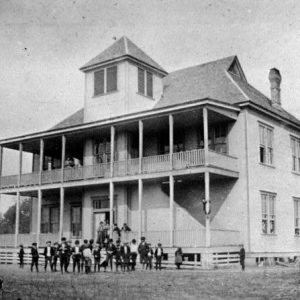 Stamps High School
Stamps High School
Stuttgart Training School
aka: Stuttgart College
aka: Stuttgart Normal School
Subiaco Abbey and Academy
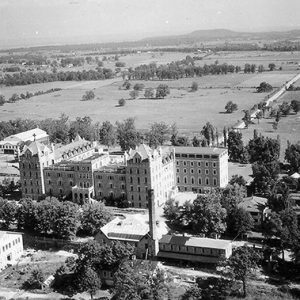 Subiaco Abbey and Academy
Subiaco Abbey and Academy
 Subiaco Abbey Courtyard
Subiaco Abbey Courtyard
Sulphur Rock Male and Female Academy
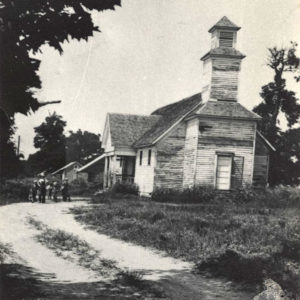 Surrounded Hill School
Surrounded Hill School
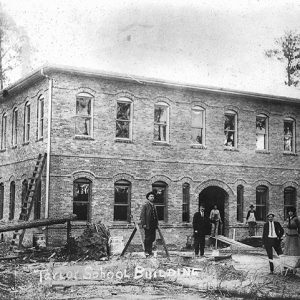 Taylor School
Taylor School
 Fred Taylor
Fred Taylor
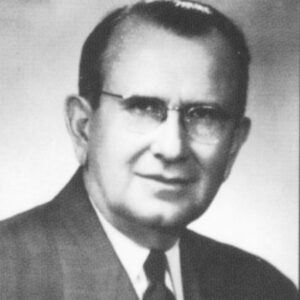 Horace Thompson
Horace Thompson
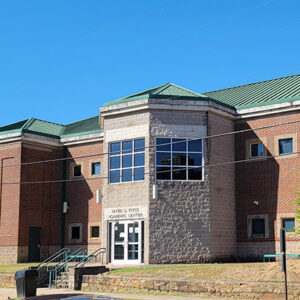 Titus Academic Center
Titus Academic Center
Tulip Female Collegiate Seminary
aka: Ouachita Conference Female College
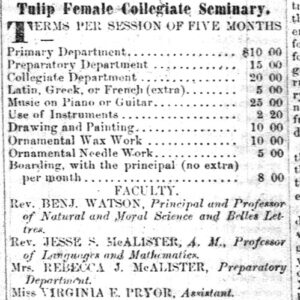 Tulip Female Collegiate Seminary Ad
Tulip Female Collegiate Seminary Ad
 Tulip Female Collegiate Seminary Article
Tulip Female Collegiate Seminary Article
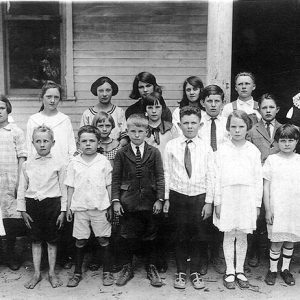 Tupelo School
Tupelo School
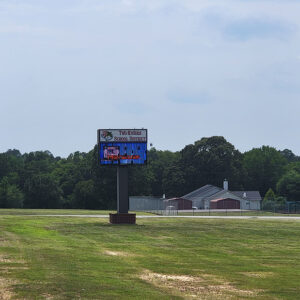 Two Rivers School District
Two Rivers School District
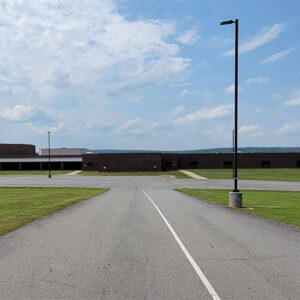 Two Rivers School District
Two Rivers School District
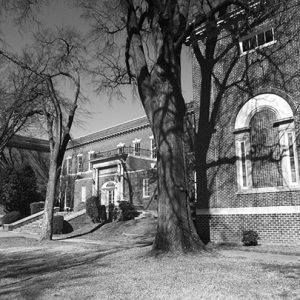 U. M. Rose School
U. M. Rose School
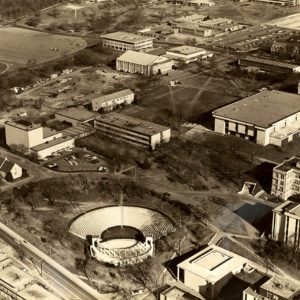 UA Aerial View
UA Aerial View
UA Little Rock Benton Campus
aka: Benton Learning Center
aka: Benton Center
aka: UALR Benton
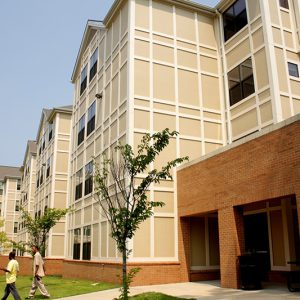 UA Little Rock Housing
UA Little Rock Housing
 UACCB Campus
UACCB Campus
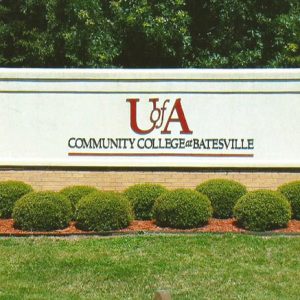 UACCB Sign
UACCB Sign
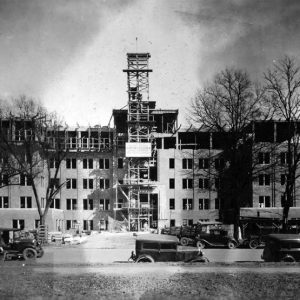 UAMS Construction
UAMS Construction
 UAPB Campus Grounds
UAPB Campus Grounds
 UAPB Clock Tower
UAPB Clock Tower
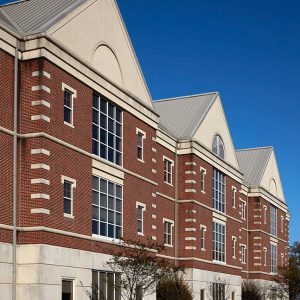 UAPB Dawson-Hicks Dorm
UAPB Dawson-Hicks Dorm
 UAPB Faculty
UAPB Faculty
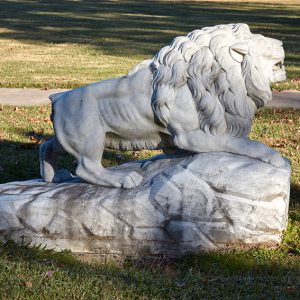 UAPB Lion
UAPB Lion
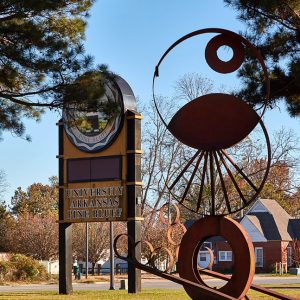 UAPB Sign
UAPB Sign
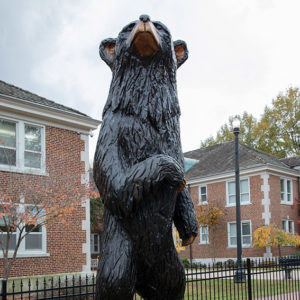 UCA Bear
UCA Bear
University of Arkansas
aka: University of Arkansas, Fayetteville (UA)
University of Arkansas at Fort Smith (UAFS)
University of Arkansas at Little Rock
aka: UALR
aka: UA Little Rock
University of Arkansas at Little Rock William H. Bowen School of Law
University of Arkansas at Monticello (UAM)
University of Arkansas at Pine Bluff (UAPB)
University of Arkansas Clinton School of Public Service
aka: Clinton School
University of Arkansas Community College at Batesville (UACCB)
University of Arkansas Community College at Morrilton (UACCM)
 UACCM Campus
UACCM Campus




